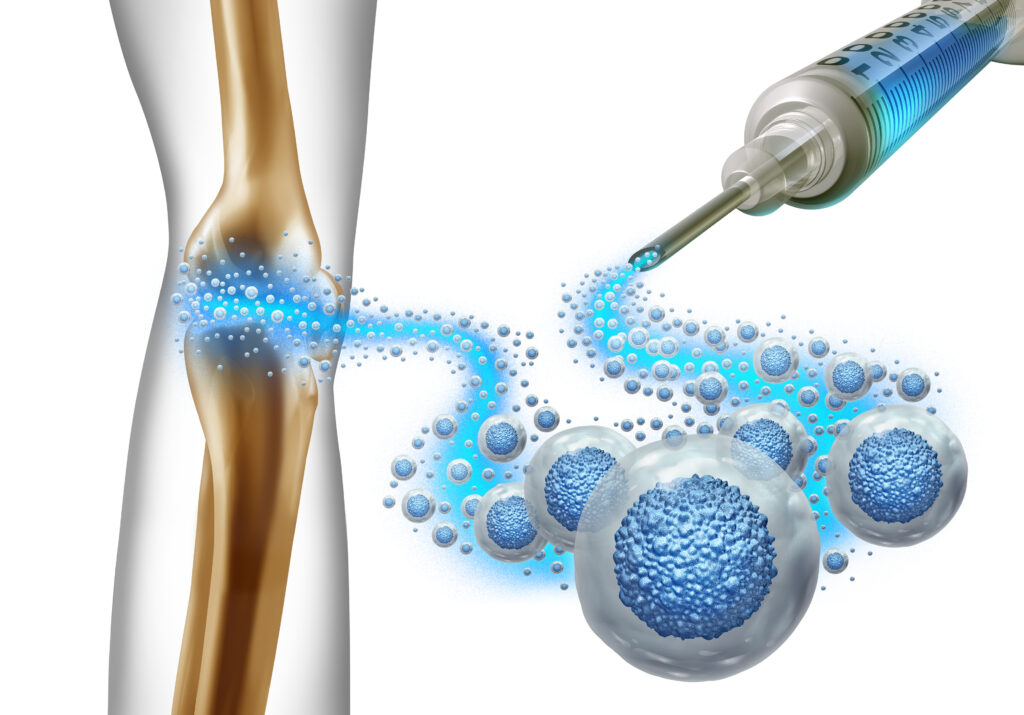The potential of Wharton’s jelly-derived mesenchymal stem cells (WJ-MSCs) in cartilage regeneration and osteoarthritis treatment is an exciting area of research that has garnered significant attention. In a recent review authored by Ahed Ghamrawi, Rasha Basso, Nour Shakik, Lara Haddad, Zeina Nasr, and Chaza Harmouch, the authors delve into the intricacies of how these versatile stem cells can be harnessed for therapeutic purposes.
Chondrogenesis, the process by which cartilage is formed, is influenced by a myriad of factors. The review highlights the critical roles played by growth factors, cytokines, and the hypoxic microenvironment in promoting this process. Timing is emphasized as a key component in optimizing outcomes, suggesting that a better understanding of these factors could lead to more effective treatments for cartilage-related ailments.
One of the notable advancements discussed in the review is the application of three-dimensional cultures and scaffold-based strategies to enhance chondrogenic differentiation. Traditional two-dimensional cell cultures often fail to replicate the intricate environment of living tissues, which can hinder the effectiveness of stem cell therapies. By utilizing three-dimensional culture techniques, researchers can better mimic the native cartilage environment, potentially enhancing the differentiation of WJ-MSCs into chondrocytes, the cells responsible for cartilage formation.
Additionally, the authors explore specific biomaterials that have shown promise in tissue engineering. Chitosan and hyaluronic acid are highlighted for their biocompatibility and ability to support cellular growth and differentiation, making them ideal candidates for scaffold materials in cartilage regeneration.
The review also examines the clinical applications of WJ-MSCs, drawing on evidence from animal research and early clinical trials. Molecular and histological assessments of chondrogenic differentiation processes are discussed, providing insight into the effectiveness of these therapies. However, the authors do not shy away from addressing the challenges that remain in optimizing MSC-derived chondrocyte therapy. These challenges include ensuring the survival and integration of transplanted cells and managing the immunogenic responses that can occur.
The immunomodulatory properties of WJ-MSCs are particularly noteworthy. These cells have been shown to possess the ability to modulate immune responses, which could be beneficial in reducing inflammation and promoting healing in osteoarthritis and other cartilage-related conditions.
In conclusion, the review serves as a comprehensive roadmap for future research and clinical applications in regenerative medicine. By delineating the key factors influencing chondrogenesis, discussing innovative culture techniques, and highlighting promising biomaterials, the authors provide a valuable resource for researchers and clinicians alike. As the field of regenerative medicine continues to evolve, the potential of WJ-MSCs in cartilage regeneration and osteoarthritis treatment remains a beacon of hope for those affected by these debilitating conditions.


